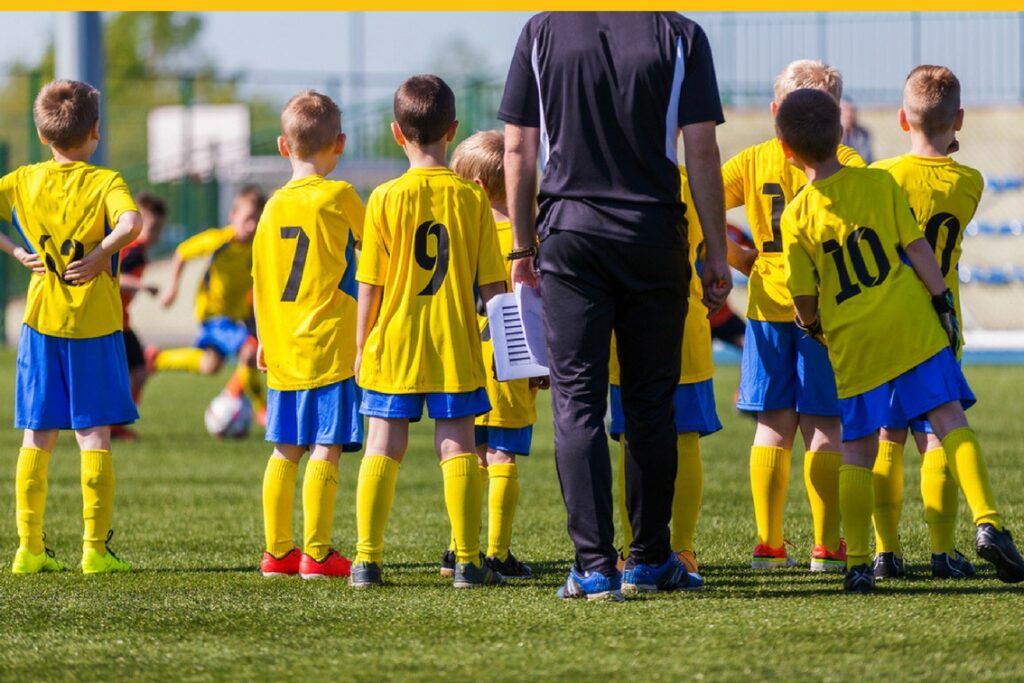To coincide with the return to school of students across the country, the Australian Institute of Sport (AIS) published updated Concussion Guidelines for Youth and Community Sport (Concussion Guidelines) (accessible in full here). These Concussion Guidelines emphasise the need to take a conservative approach to managing suspected concussions in children and young people, acknowledging that children and young people take longer to recover from concussion than adults.
The key takeaway of the Concussion Guidelines for schools
The Concussion Guidelines extend the mandatory minimum stand-down period to 21 days from the time of concussion until returning to competitive contact sport. Previously, this was 10 days.

No competitive contact or collision sport for 21 days after a concussion
The introduction of this minimum exclusion period of 21 days has been made in recognition of the fact that young people take longer to recover from concussion than adults. This also aligns Australia with the approach in the United Kingdom and New Zealand.
Another rule to remember is that for those without a dedicated health care practitioner to guide recovery, students must be symptom free for 14 days before returning to contact training. This is not 14 days after the concussion; it is 14 days symptom free.
Additionally, the AIS is recommending schools introduce a ‘concussion officer’ to oversee the management of concussion. A ‘concussion officer’ is a single point of contact who manages the coordination of matters related to concussion. A ‘concussion officer’ is not a concussion expert and is not expected to diagnose concussion. Analogous to the role of a ‘fire warden’, the ‘concussion officer’ ensures anyone diagnosed with concussion follows the school’s agreed concussion protocol.
How the new Concussion Guidelines will affect interschool sport
While a concussion can happen in the playground, higher risks for concussions are generally within competitive and collision sports. We know many independent and Catholic schools compete in interschool sport competitions, run by organisations such as APS, AGSV, EISM and Girls’ Sport Victoria. It is too early to see how these sporting bodies will respond to the updated Concussion Guidelines. Schools will need to carefully navigate their duty of care, when student exclusion is likely to pose challenges in scheduled fixtures.
What should schools do in response to these new guidelines?
We highly recommend anyone who works in sport, risk or child safety at a school reviews the new Concussion Guidelines. At Moores, we help schools by providing advice about the duty of care and how this relates to concussion prevention and response procedures. We can also help develop and/or refresh your risk management framework or risk treatment plans. Concussion management could be a useful example to explore risk tolerance and mitigation considerations to manage risk to an acceptable level. There is also the added complication of likely conditions in your school’s insurance policy. Please get in touch with our Education Team for more information.
Contact us
Please contact us for more detailed and tailored help.
Subscribe to our email updates and receive our articles directly in your inbox.
Disclaimer: This article provides general information only and is not intended to constitute legal advice. You should seek legal advice regarding the application of the law to you or your organisation.